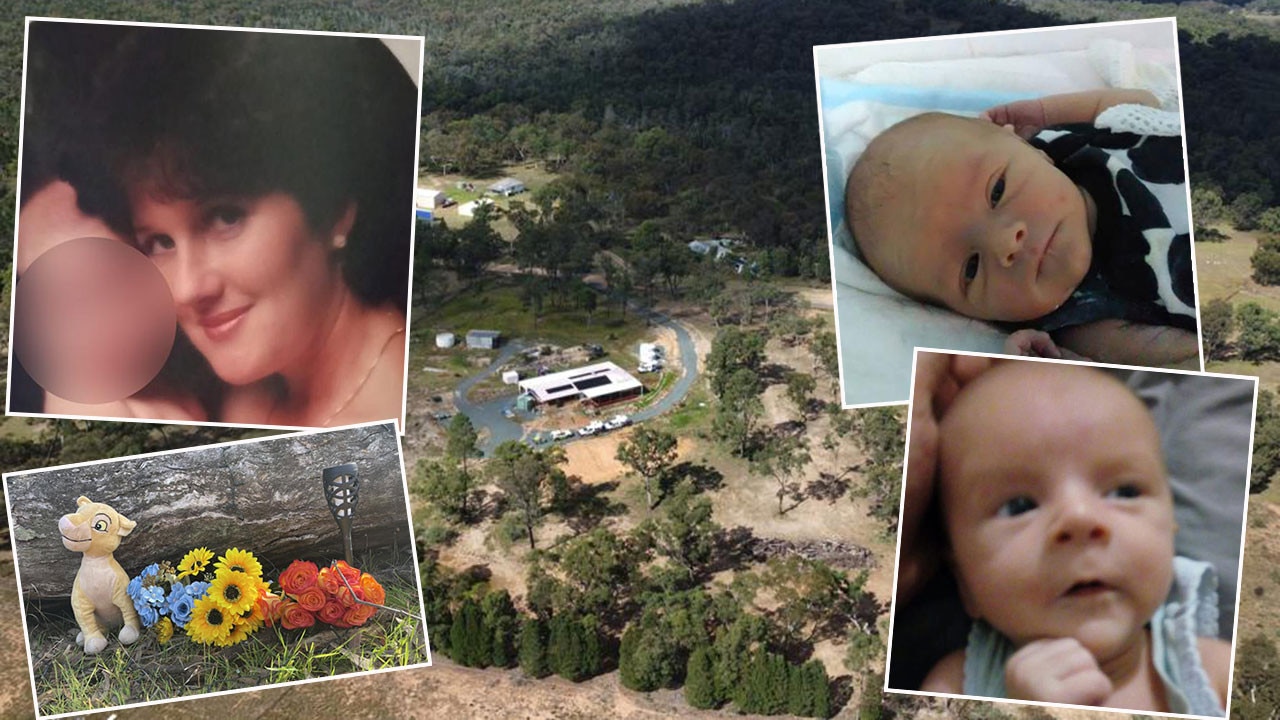Interest rates hiked by 0.25 per cent, RBA signals more on the way
The RBA has raised the official interest rate by another 0.25 per cent, the ninth increase since May — and governor Philip Lowe has signalled borowers should brace for up to 11 straight rises.

NSW
Don't miss out on the headlines from NSW. Followed categories will be added to My News.
After inflicting the ninth interest rate increase since May, Philip Lowe has warned there is at least half a per cent more in store.
On Tuesday the Reserve Bank of Australia board, led by Mr Lowe, raised the benchmark cash rate from 3.1 per cent to 3.35 percent.
If passed on by lenders, that hike will add $76 to monthly repayments of a $500,000 loan and twice that for $1 million of borrowing.
The cash rate is now 3.25 percentage points higher than before the central bank began its mission to tame inflation nine months ago.
Once the new move takes effect, a total of more than $900 a month will have been added to repayments of half a million dollars and over $1800 to instalments on initial borrowing of $1m.
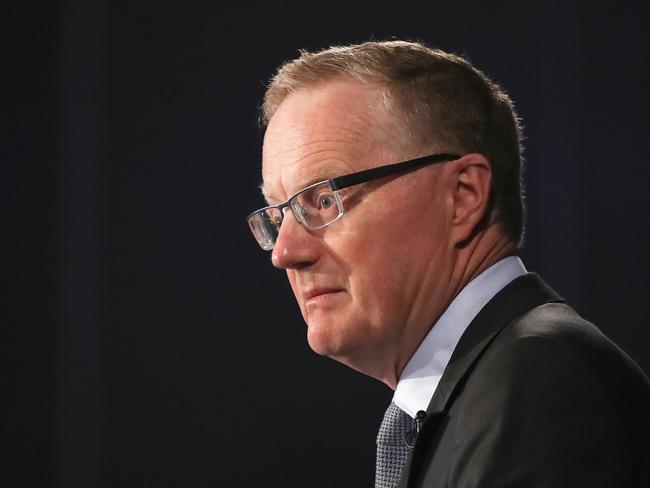
However, for savers, leading accounts are likely to feature base rates of 4 per cent within weeks.
The RBA board’s latest action is a further bid to crush soaring consumer prices.
Inflation has been running at nearly eight per cent, which is much higher than the Reserve’s target range of two to three per cent.
In a statement on Tuesday, the RBA governor said underlying inflation was still “higher than expected”.
“The board’s priority is to return inflation to target,” Mr Lowe said.
“High inflation makes life difficult for people and damages the functioning of the economy. And if high inflation were tobecome entrenched in people’s expectations, it would be very costly to reduce later.”
“The board is seeking to return inflation to the two to three per cent range while keeping the economy on an even keel, but the path to achieving a soft landing remains a narrow one,” Mr Lowe said.
He then signalled the need for at least two more increases in the cash rate, which would bring it to 3.85 per cent.
“The board expects that further increases in interest rates will be needed over the months ahead to ensure that inflation returns to target and that this period of high inflation is only temporary,” Mr Lowe said.
“In assessing how much further interest rates need to increase, the board will be paying close attention to developments in the global economy, trends in household spending and the outlook for inflation and the labour market.”
Commonwealth Bank’s head of economics Gareth Aird responded to Mr Lowe’s comments by changing his forecast from no more hikes to two further 0.25 percentage increases – next month and in April.
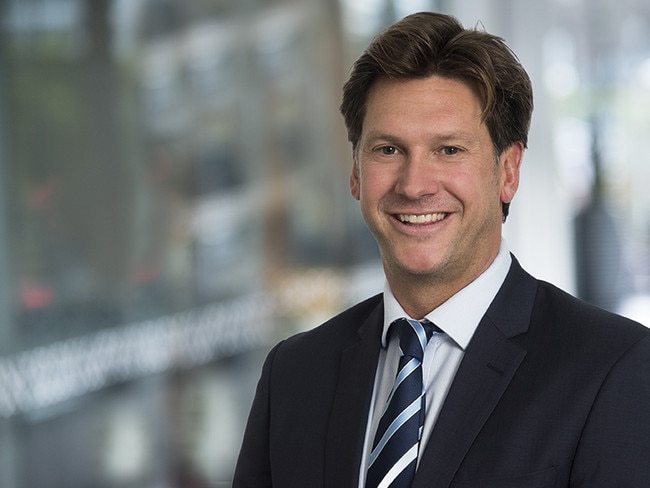
“This will take monetary policy into deeply restrictive territory,” Mr Aird said.
“Two further 25bp interest rate hikes means the probability of a soft landing for the economy is lowered significantly. The budgets of many home borrowers will be under considerable strain over the coming year.”
To avoid a “hard landing”, Mr Aird said 50 basis points of cuts would be needed by year’s end and another 50bp in the firsthalf of 2024.
Another two increases would elevate even the cheapest variable rates to more than five per cent and leave many borrowers paying more than six per cent.
Repayments on the average new mortgage in NSW of $759,000 would surge to more than $5000. Instalments on a loan of that sizewere just $3400 in April last year.
Put another way, prior to this unprecedented run of increases, $5000 was the repayment on a loan of $1.09 million.
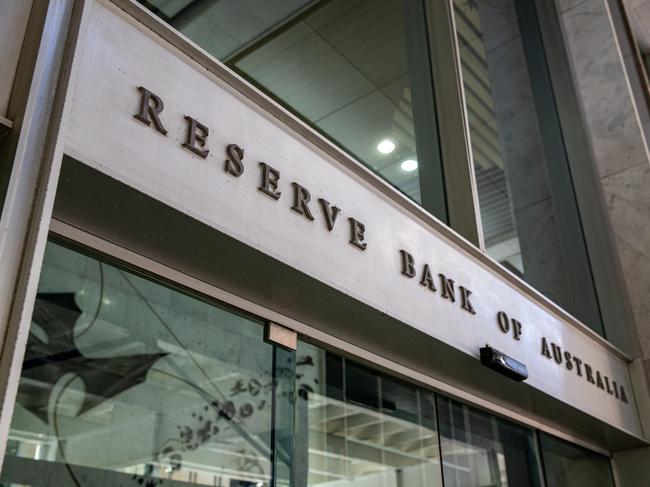
Treasurer Jim Chalmers told Parliament: “There is growing evidence that inflation is expected to have peaked in our economy and is now beginning to moderate.”
RBA governor Philip Lowe wants to bring down the rate of inflation quickly so hefty price increases don’t become the norm, while “keeping the economy on an even keel” – that is, without pushing it into recession and causing big job losses.
Hiking interest rates reduces household spending power, thereby lessening demand for goods and services, which should keep prices lower than they would otherwise have been.
NINTH RATE HIKE LOOMS OVER BORROWERS
Prior to the Reserve’s announcement, the most accurate cash rate forecaster of 2022, Market Economics boss Stephen Koukoulas, said: “If the RBA doesn’t increase rates, it will be the biggest upset since Ajax was beaten at 40-1 on in the 1930s.”
Mr Koukoulas doesn’t actually believe the RBA needs to tighten monetary policy any further to achieve its goal of lowering inflation.
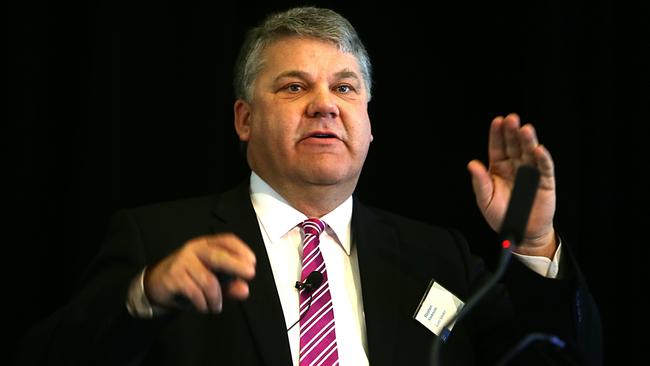
“If it was me, I would hold for now,” he said. “But it looks like I am going to be wrong. That’s maybe what they should do rather than what they will do.”
Mr Koukoulas does not see any further rate increases in the foreseeable future. He was speaking before the RBA signalled it had more hikes in mind.
The most common view among top economists – including the teams at NAB, HSBC and RBC Capital Markets – is that the RBA will repeat today’s dose in a month’s time, then stop for the rest of the year.
RBC chief economist Su-Lin Ong said the three percentage points of tightening since May last year was starting to slow demand, which would help to bring inflation down.
“Inflation is far too high,” Ms Ong said. “What you need to do from a central bank perspective is to slow activity. But you don’t want to slow it so much that you tip the economy into recession.

“Rate hikes are starting to work, we know that,” she said. “When you get to (a cash rate of) 3.60 per cent, that is restrictive” on household spending.
However some economists believe the RBA will have to keep on hiking. Morgans Financial is tipping an eye-popping cash rate of 4.85 per cent by Christmas.
By contrast, CBA’s economists expect the Reserve Bank to be cutting by then. CBA forecasts the cash rate to be 2.85 per cent at year’s end. AMP also has the RBA easing in late 2023.
Ajax – the racehorse Mr Koukoulas was referring to – lost the Rawson Stakes at Rosehill in March 1939, after 18 wins in a row. He went into the three-horse race at 40-1 on, meaning a punter who wagered $100 would have stood to make a profit of just $2.
CONFRONTING THE ‘CLIFF’
Among the 800,000 or so Australian households who will confront an interest rate “cliff” this year, few will be as well prepared as western Sydney’s Joey and Romina Generoso.
Super-cheap mortgage deals struck during the Covid pandemic are beginning to expire, which will more than double the rate paid by many borrowers in a major test for not only their finances, but the economy and property values.
The Generosos took a two-year fixed rate at 2.09 per cent in 2021. Since they purchased, the Reserve Bank of Australia has raised rates by three per cent and it is widely expected to hike by a further 0.25 percentage points on Tuesday.
The Moorebank couple knew the days of two per cent loans would be relatively short-lived.
So from the get-go, they decided to pay an extra $1250 a month.
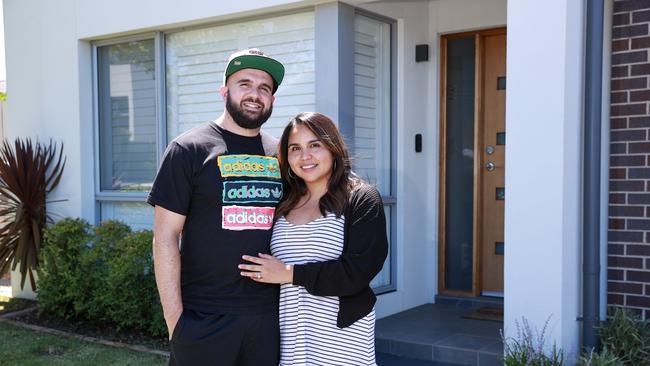
It is not common knowledge, but lenders permit customers on fixed rates to make additional repayments – up to about $10,000 annually.
The Generosos’ bank allowed them to go even further by repaying $15,000 more a year, meaning they are now nearly $30,000 ahead.
The move has also conditioned them to living with a higher rate.
“My wife and I decided the smart thing to do was to get used to paying more,” Mr Generoso, an electrician, said. “You don’t want to wake up one day and discover you have to start cutting things out of your lifestyle.
“And by paying more, we are the winners, not the bank.”
The Generosos are hoping to secure a 4.64 per cent variable-interest loan, based on the current cash rate. Repayments would be $4093 a month.
But they have already been paying $4367 a month, including the voluntary $1250.
Even if the RBA lifts on Tuesday – and again in March as anticipated by many economists – the Generosos variable-rate repayments would still be less than what they have been shelling out since March 2021.
Leading Sydney home-loan broker Michael Saliba of Mortgage Choice said that the peak of the rate “cliff” would be December this year – two years after fixed rates hit a low of 1.79 per cent.
Mr Saliba said that meant that there was still time for many borrowers to adopt the strategy used by the Generosos – if they could afford to do so.
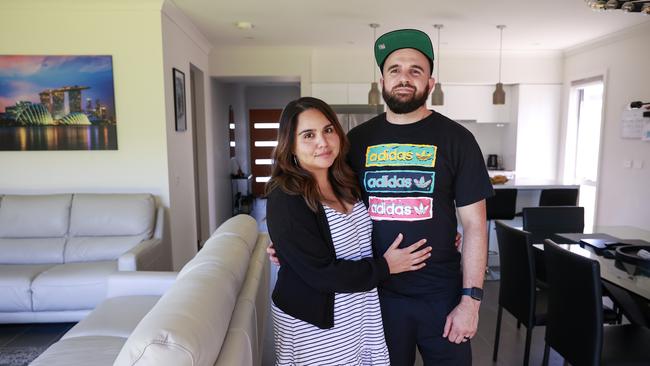
“Now is a very important time for people to knuckle down and put their money away,” Mr Saliba said.
“Not only will it help them prepare for paying extra, it will give them a buffer later if they need it.”
Mr Saliba said that buffer could also be given to the lender at the end of the fixed term, thereby reducing monthly repayments on a subsequent variable-rate loan.
Mr Saliba recommended borrowers talk to their lender a few weeks before the end of their fixed term to push for the best variable rate available, otherwise they would be put onto the standard offer, which would be at more than six per cent.
He also said moving to a lender other than a big-four bank could save a lot of money. That is what the Generosos are going to do.





